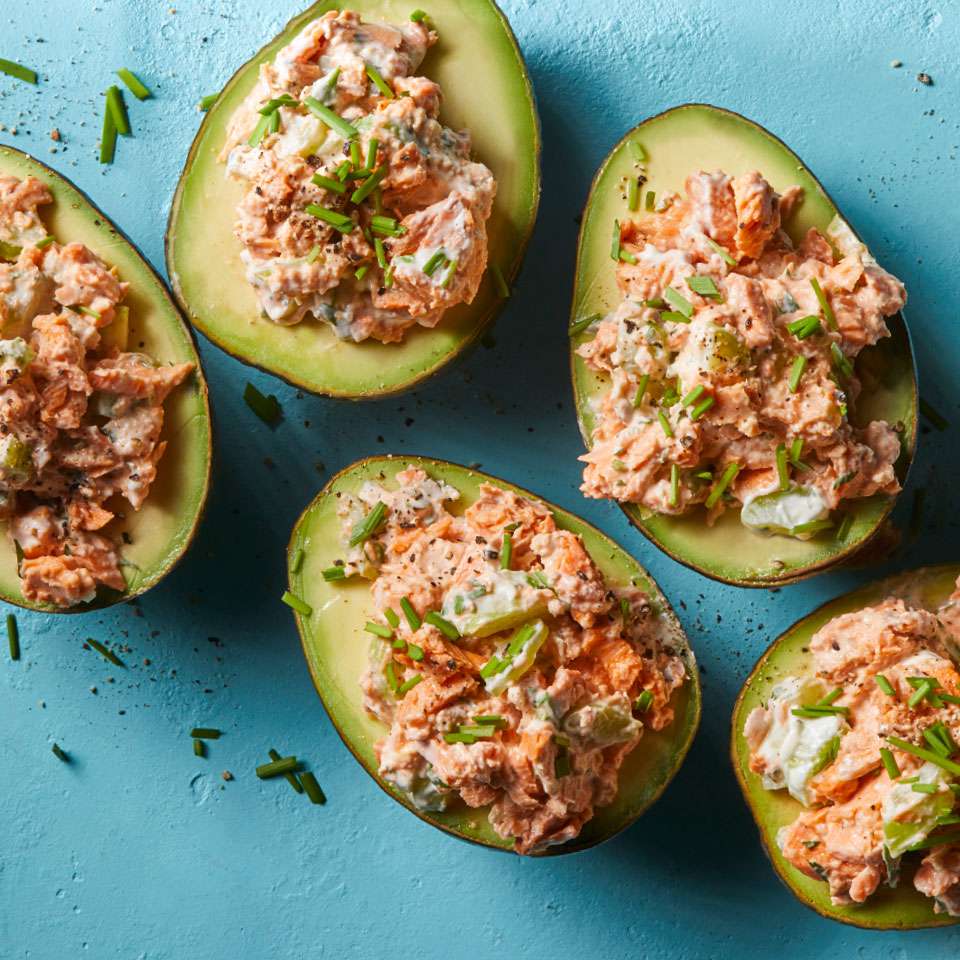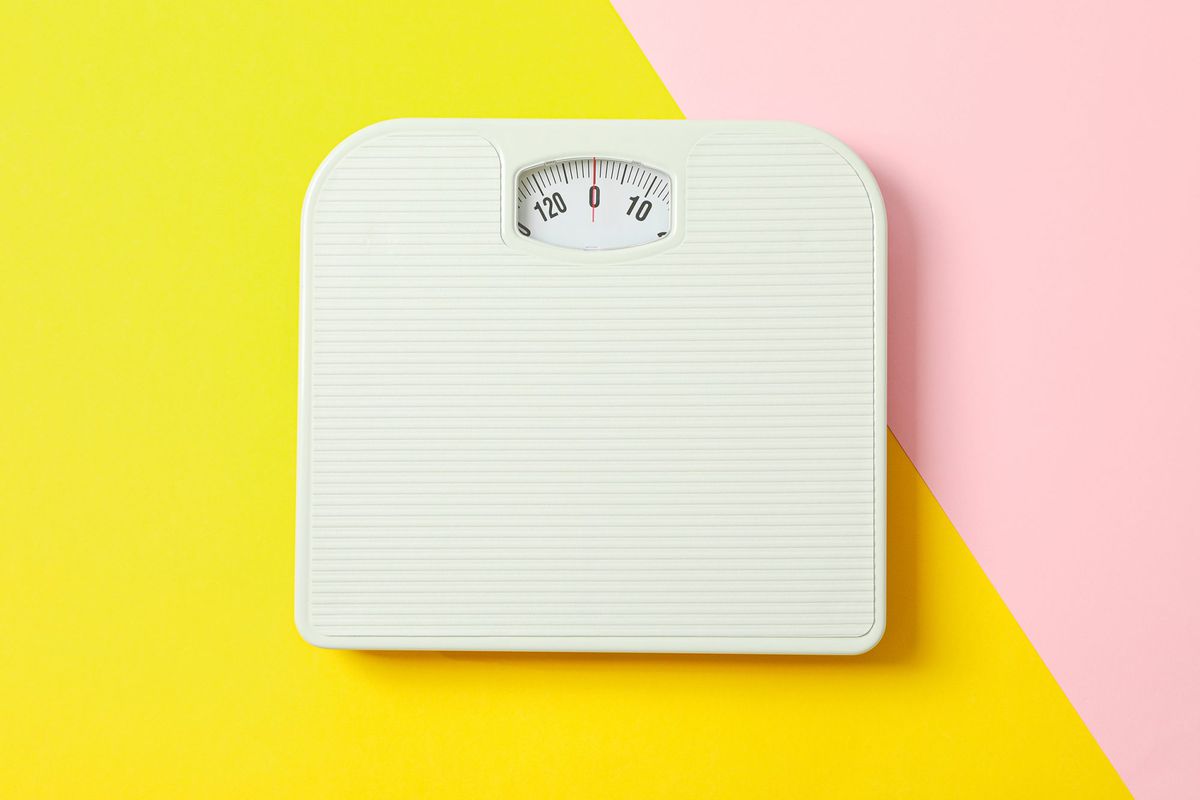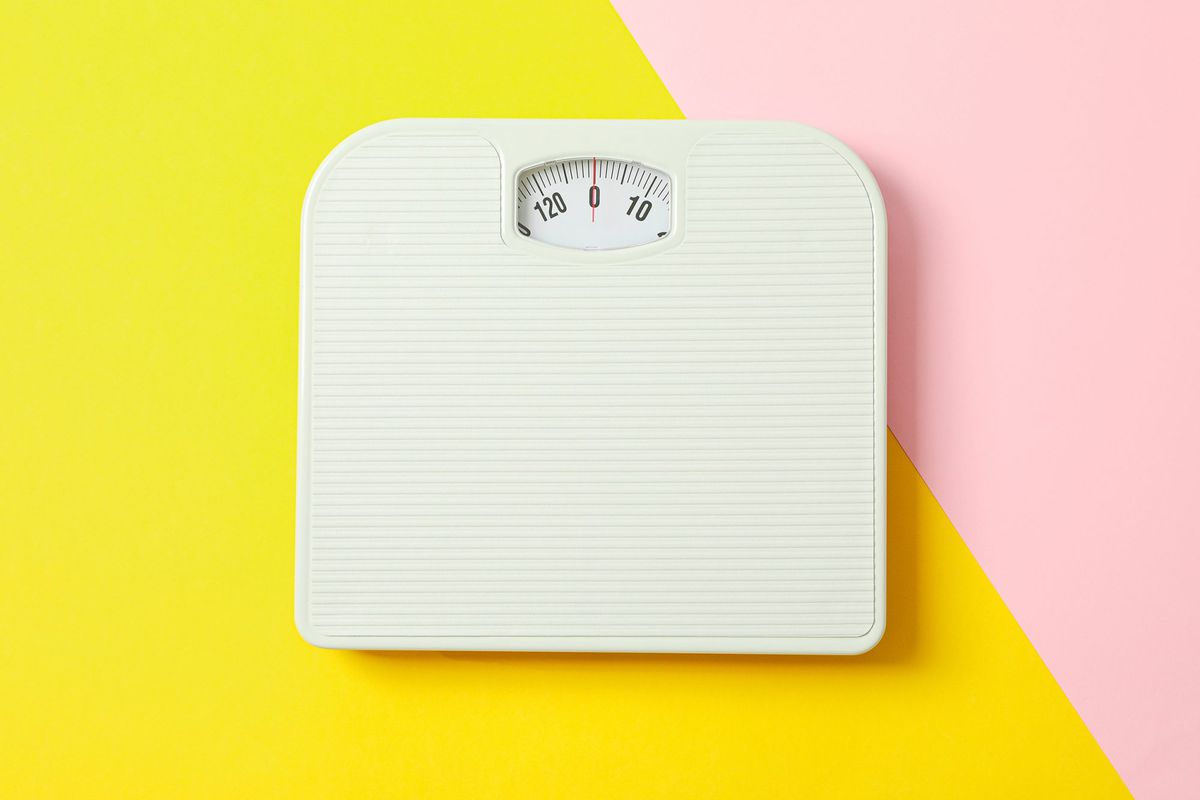Hitting your 40s has plenty of benefits, such as earned wisdom, increased self-awareness, and self-confidence. Truth be told, though, it’s tough getting used to some of the physical changes. A biggie is a downshift in metabolism, which can make weight maintenance trickier and weight loss more challenging. However, losing weight after 40 isn’t impossible. You absolutely can shed pounds at any age—and do so while simultaneously optimizing overall wellness. Here are five tactics that work for my clients. And yes, one involves a daily dose of dark chocolate!
Cut back, but don’t cut out carbs
Carbs are fuel, and whole food sources, like fresh fruit, whole grains, and potatoes, are bundled with vitamins, minerals, fiber, and antioxidants. Cutting out carbs completely deprives your body of important nutrients. This can lead to unwanted side effects like constipation, fatigue, and irritability.
But after age 40, your daily carb requirement may decline. Many of my clients find that they can’t eat large carb portions without either gaining weight or struggling to lose weight. The best resolution is to optimize the quality of the carbs you eat (say butternut squash over processed bread), and think of carbs as a smaller add-on to a meal, rather than the main attraction.
RELATED: The 12 Best Weight-Loss Tips, According to a Nutritionist
For example, one client frequently ate veggie burritos, made with a whole grain flour tortilla, brown rice, black beans, salsa, and guacamole. Despite being a walker and practicing yoga, the scale wasn’t budging. The culprit: a carb surplus. That burrito packed 120 grams of carb, and even half of it was more than her body could burn in a given meal.
We worked out that in order to get to and maintain her healthy weight, her daily calorie needs were about 1,750. I find that a target of 40% of total calories from carbs is ideal for most of my over-40 female clients who are active, but not athletes. For her, that meant 175 grams of carb per day, or roughly 40-45 grams in each of her four daily meals. This moderate carb budget does allow for carb-rich foods—just in smaller portions, paired with larger servings of non-starchy veggies, lean protein, and healthy fat.
When we swapped her burrito for a salad made with a base of leafy greens topped with fajita veggies, salsa, black beans, and guac, the carbs came down to 42 grams. She still felt full, satisfied, and energized, and the scale started moving. The lesson: carbs aren’t inherently fattening or bad, so you don’t need to banish them completely. Nixing carbs altogether generally isn’t sustainable long-term, and it’s not optimal for health. The goal is to opt for quality carbs, and aim for balance—enough to meet, but not exceed your body’s fuel needs.
RELATED: What to Eat for Dinner if You’re Trying to Lose Weight, According to a Nutritionist
Eat a lot more veggies
Start with veggies first, then build your meals around them. I often recommend including one full cup of non-starchy veggies at breakfast, and at least two cups in each lunch and dinner. A minimum of five cups a day (think five tennis ball–size portions) will provide valuable nutrients and offer disease protection. But these veggies are also going to increase fullness, add volume to meals, help regulate blood sugar and insulin levels, and support healthy digestion, all of which add up to sustainable weight management. Most of the 40+ women I work with overestimate their veggie intakes, and according to the CDC, only 9% of adults eat the minimum recommended intake of two to three cups of veggies per day. (Note: that’s less than I recommend.)
At breakfast, whip a generous handful of greens into a smoothie, fold shredded zucchini into oats, add veggies to an egg or chickpea scramble, or simply eat veggies on the side, like sliced cucumber or red bell pepper. Rather than sandwiches or wraps at lunch, go for salads or bowls, with a large base of greens and veggies. At dinner, sauté, oven-roast, grill, or stir-fry veggies, and make them the largest component of the meal.
Again, pair your veggies with a source of lean protein, good fat, and a smaller portion of healthy carbs, and you’ve created an ideal balance for both weight management and good nutrition.
RELATED: The Best Diet Meal Plan to Help You Reach a Healthy Weight
Be careful with alcohol
Many of my female clients over 40 don’t see the scale move until they cut back on alcohol or take a break from drinking. Alcohol is tricky, because in moderation it may actually support weight management, research suggests. But women who drink heavily or binge drink have an increased obesity risk.
Moderate alcohol consumption means one drink a day (and no, they don’t carry over), which equals five ounces of wine, 12 ounces of beer, or a 1.5 ounce shot of distilled spirits.
If you’re downing half a bottle of vino most nights, there could be several issues at play. First, alcohol tends to lower inhibitions and stimulate appetite, so you may wind up eating more, often mindlessly. Also, when alcohol is consumed, breaking it down becomes the body’s top priority. That means foods consumed with alcohol are less likely to be burned. Finally, too much alcohol can disrupt sleep—and a healthy sleep cycle is directly tied to metabolism, weight management, and belly fat accumulation.
If cutting out alcohol altogether isn’t realistic, consider committing to a specific drinking strategy. Cut back gradually, limit alcohol to weekends only, or curb your consumption to a one drink per day max.
RELATED: The Best (and Worst) Diets of 2020
Don’t eat diet food (or go on a diet)
A lot of my 40+ female clients remain stuck in outdated weight loss mind-sets. One involves eating diet foods, those highly processed products made with artificial chemicals engineered to be lower in calories, carbs, sugar, or fat. I recommend nixing this entire lot for good! In addition to being completely unsatisfying, diet foods can wreak havoc with your appetite, trigger inflammation, alter the healthy bacteria in your gut tied to weight management, and overtax your immune system.
Research also shows that switching from processed foods to whole foods increases calorie burning, meaning that eating real food may help you lose weight even without cutting your calorie intake (an outcome I have seen many times). Instead of a low calorie frozen meal, opt for hearty lentil soup and an avocado-topped salad. In place of a few reduced fat cookies, reach for a sliced apple dipped in almond butter or a few squares of high quality dark chocolate (more on this below).
Healthy, sustainable weight loss isn’t about dieting. Deprivation and go on/go off approaches ultimately backfire. Instead, adopt a mentality of balance, meaning not undereating or overeating, with a focus on nutrition, not restriction. It may seem boring, and it’s not a quick fix. But it feels best both physically and emotionally, and this approach is maintainable.
Treat yourself to dark chocolate daily
Research backs something I can attest to myself and witness with my clients: building in dark chocolate as a daily treat helps curb cravings for both sweet and salty foods. Dark chocolate can also help reduce stress, a major emotional eating trigger. One study found that eating about an ounce and a half of dark chocolate a day for two weeks reduced levels of stress hormones in volunteers who rated themselves as highly stressed.
Five squares of 70% dark chocolate contains under 250 calories, yet provides antioxidants, fiber, and magnesium, a mineral tied to relaxation, improved sleep, and enhanced mood.
Knowing that they have a chocolatey treat to look forward to has helped many of my clients pass on other less satisfying and higher-calorie and carb-laden goodies. Spread it out throughout the day, or enjoy an ounce or so of dark chocolate as part of a daily “you time” ritual.
Cynthia Sass, MPH, RD, is Health‘s contributing nutrition editor, a New York Times best-selling author, and a private practice performance nutritionist who has consulted for five professional sports teams.
To get more nutrition stories delivered to your inbox, sign up for the Balanced Bites newsletter





